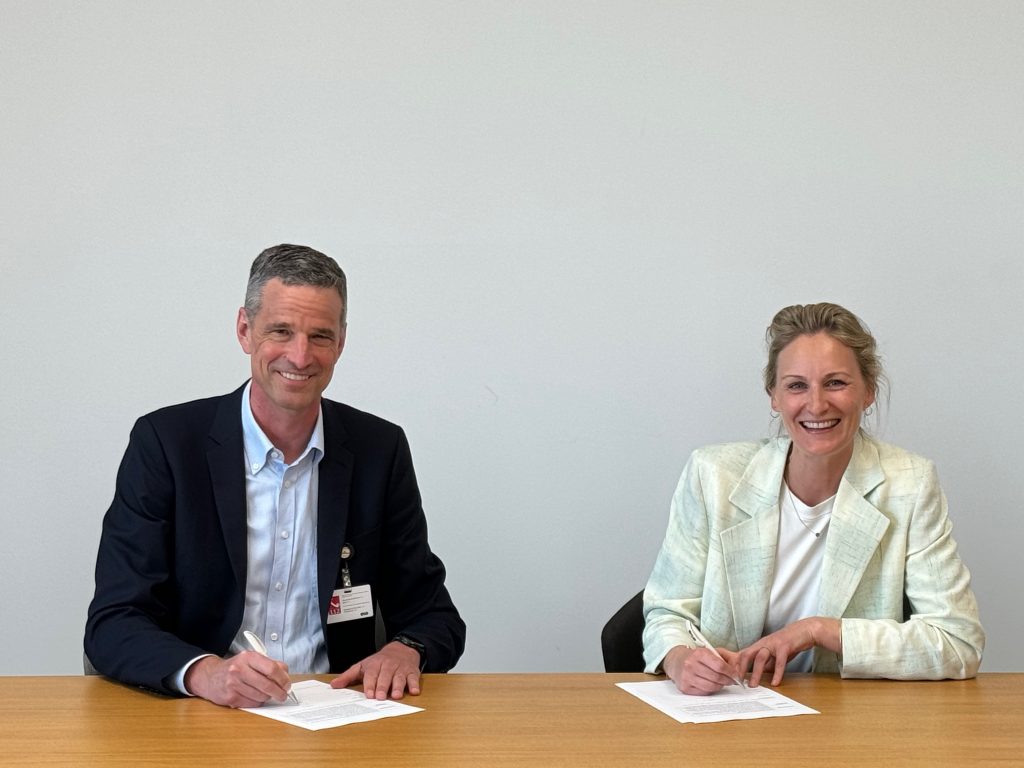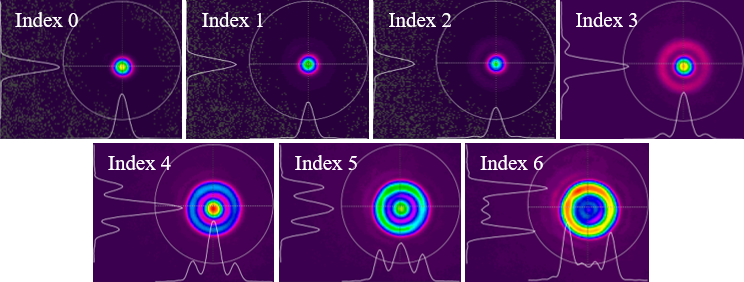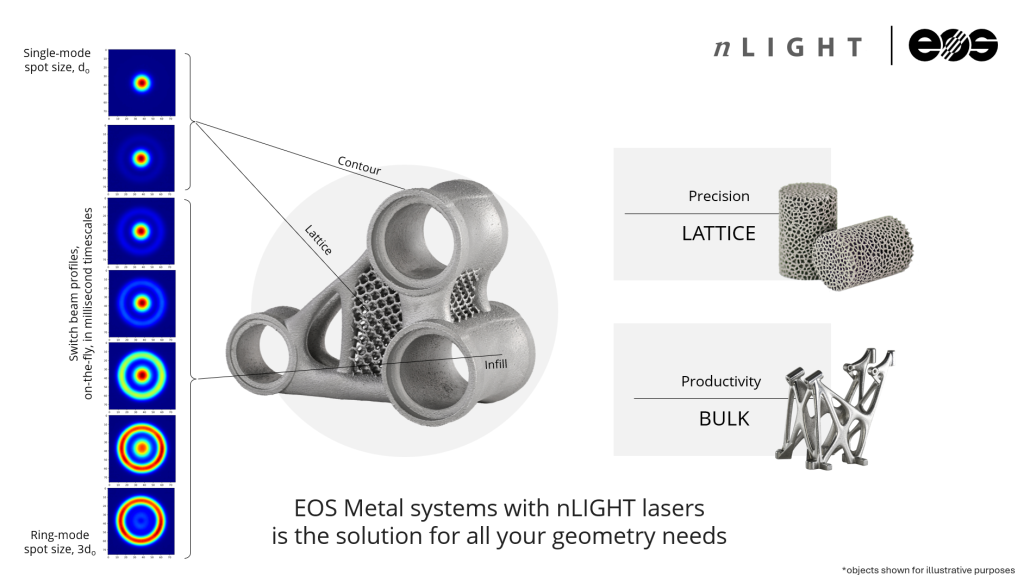Semiconductor and fiber laser specialist nLight has agreed to supply Munich-based 3D printer manufacturer EOS with its AFX programmable beam-shaping lasers.
This joint strategic cooperation will make the lasers available on EOS’ metal 3D printers. The companies will also implement a series of complementary laser-based technologies to enhance the light engines of EOS 3D printers for industrial-scale production applications.
These beam shaping and light engine optimization capabilities will be made available digitally. Customers will be able to access different beam profiles on EOS software to achieve improved 3D printing productivity.
nLight’s AFX laser technology has already been made available on metal 3D printers from AMCM, an EOS Group company.
“EOS is an industry leader in additive manufacturing, and nLIGHT is proud to partner with a company that shares our vision for bringing significant improvements to the additive manufacturing landscape,” commented Scott Keeney, CEO of nLIGHT.
“The teams and technologies at nLIGHT and EOS are highly complementary; we are excited to build on the early success with AMCM to integrate our laser technologies into the wider EOS portfolio.”
The companies plan to launch the AFX-enabled EOS 3D printers to customers in late-2024.

What is beam shaping in metal 3D printing?
In an interview with 3D Printing Industry Philipp Kohlwes, the Head of L-PBF at Fraunhofer IAPT, explained that the Gaussian profile of traditional 3D printer lasers creates an uneven energy distribution with too much energy in the middle. This can result in the vaporization of material or create pressure gradients around the melt pool which causes spatter.
This can be overcome through laser beam shaping in metal 3D printing. Here, the laser beam’s Gaussian profiles are manipulated into different shapes before sintering the metal powder. These shapes allow for more even energy distribution. For instance, a doughnut-shaped profile produces a more consistent temperature distribution in the melt pool.
More homogenous energy input translates to more energy in the melt pool. According to Kohlwes, this can increase metal 3D printing productivity by up to 2.5 times and boost process stability by 40%.
“The better the laser beam profile is matched to the respective application, the better the energy input and the associated process stability,” explained Kohlwes.

EOS to integrate nLight beam shaping lasers
nLight’s programmable AFX lasers enable seven different beam profiles. These range from an 85-micron spot size optimized for precision contours to a 210-micron ring profile which improves process stability and reduces soot and spatter. This translates to higher-quality metal parts.
Beam adjustments can be achieved in less than 30 ms, allowing the thermal profile of the laser to be changed during 3D printing.
AFX lasers are advertised as accelerating metal 3D printing throughout and productivity. They reportedly enable 3D printing speeds up to three times faster than a standard 400W process for 316L steel and aluminum parts.
Additionally, nLight claims that its AFX technology can increase the build rate by nearly eight times while maintaining over 99.8% material density. The company claims that this offering is well-suited to serial production applications.
Marie Langer, CEO of EOS, believes that nLights’s beam-shaping laser technologies offer significant flexibility and performance gains for EOS’ metal 3D printers. This will reportedly allow EOS customers to “unleash a new level of productivity.”
AMCM’s nLight-powered beam-shaping 3D printers are already enabling performance benefits for metal additive manufacturing. Earlier this year, the Manufacturing Technology Centre (MTC) acquired one such system, the AMCM M 290-2 FLX, to support its 3D printing research activities.
The AMCM M 290-2 FLX boasts “full field overlap,” allowing its two 1200-watt lasers to access any point on the build platform. This results in greater flexibility in the orientation of objects during 3D printing.
The adjustable spot size of nLight technology enables swift laser adjustment, facilitating precise 3D printing of intricate structures and contours. According to MTC, this flexibility can reduce post-processing requirements, increasing throughput and cutting production costs.

Advancements in laser beam shaping 3D printing
nLight and EOS are not the only companies offering beam-shaping capabilities to enhance metal 3D printing outcomes. Last year, Equispheres and Aconity3D leveraged laser beam shaping to achieve build rates nearly nine times greater than industry norms.
Using Equispheres’ NExP-1 aluminum powder with Aconity3D’s AconityMIDI+ laser powder bed fusion (LPBF) 3D printer, the partners achieved fast 3D printing speeds surpassing 430 cm3/hr for a single laser. The 3D printer was modified to include an IPG YLR 3000/1000-AM laser with beam-shaping capabilities. A shaped beam was used rather than a zoomed Gaussian beam. This reduced overheating and mitigated spatter formation during high-speed 3D printing.
Elsewhere, Researchers from Lawrence Livermore National Laboratory assessed how laser beam shaping can reduce porosity and defects in metal 3D printing.
Rather than use conventional Gaussian beams, the team adopted a Bessel optical beam similar to a bullseye pattern. This beam shape redistributes some energy away from the center of the laser, enabling greater control over how the heat is deposited around the metal powder.
They assessed whether this beam shape can reduce pore formation and “keyholing,” where bubbles are formed in the melt pool. This can create pores in the finished metal part. The Bessel beams resulted in a significant reduction in melt pool turbulence and mitigated spatter. The parts 3D printed with these beams were denser, stronger, and had more robust tensile properties than those produced with Gaussian alternatives.
Register now for AMAA 2024 to hear insights from industry experts on additive manufacturing in aerospace, space, and defense.
Want to help select the winners of the 2024 3D Printing Industry Awards? Join the Expert Committee today.
What does the future of 3D printing hold?
What near-term 3D printing trends have been highlighted by industry experts?
Subscribe to the 3D Printing Industry newsletter to keep up to date with the latest 3D printing news.
You can also follow us on Twitter, like our Facebook page, and subscribe to the 3D Printing Industry Youtube channel to access more exclusive content.
Featured image shows Scott Keeney (left), CEO of nLight, and Marie Langer, CEO of EOS shake hands on the agreement. Photo via EOS.

